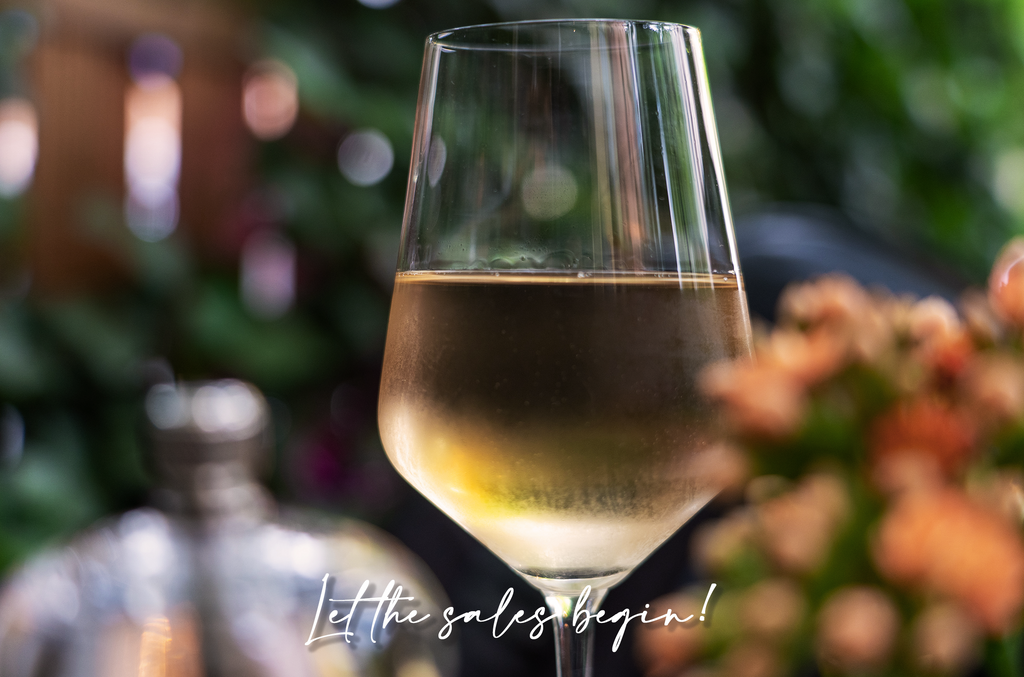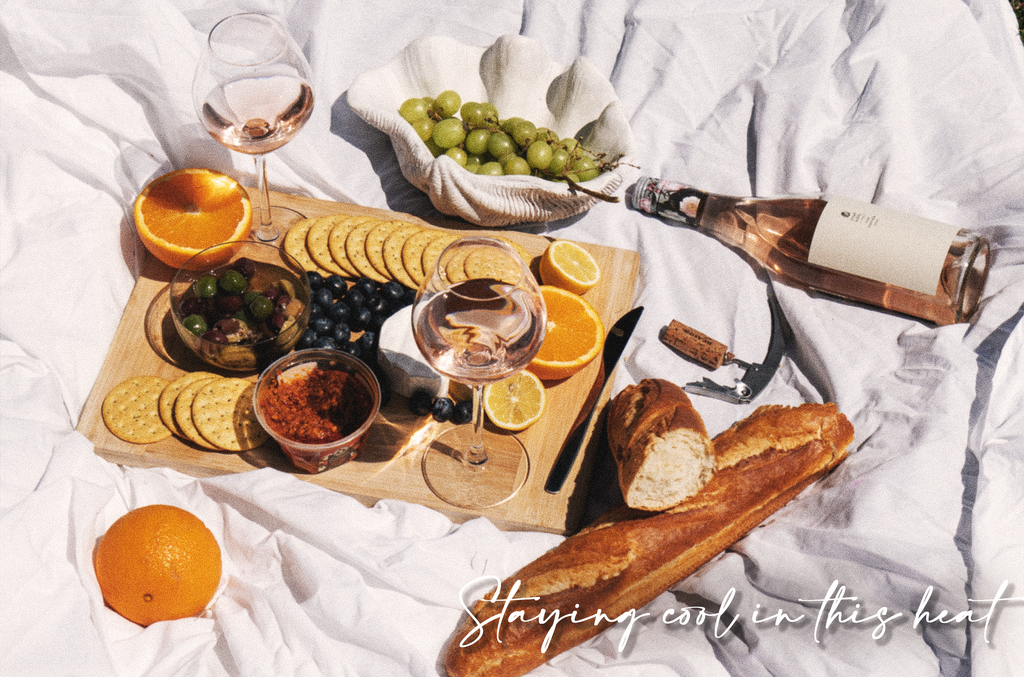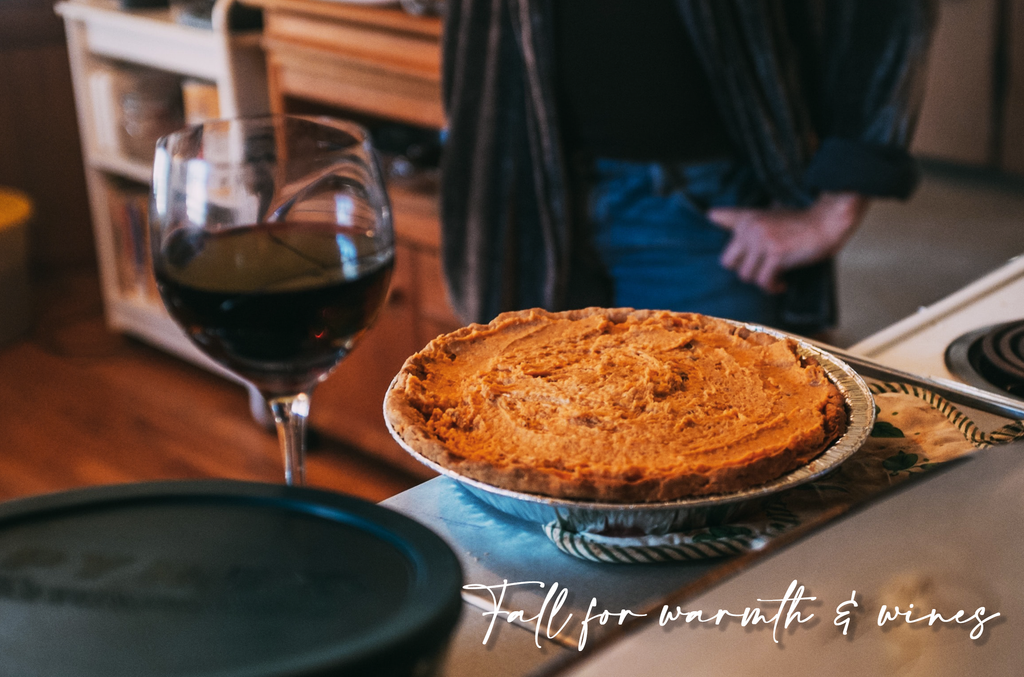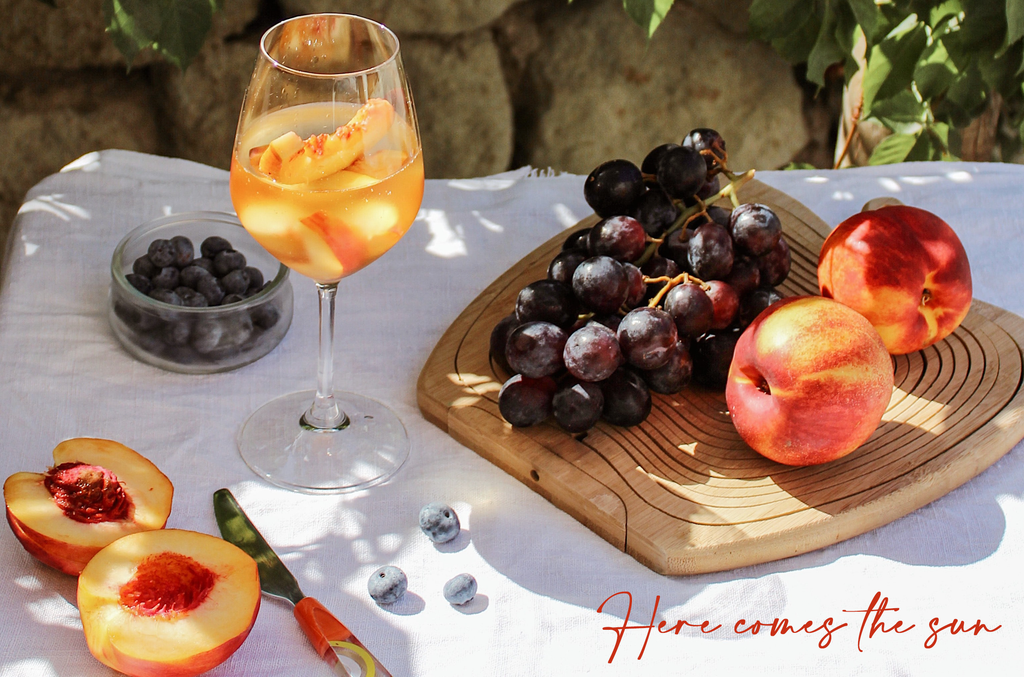I fondly recall sharing a bottle of 2001 Yquem a year ago on Mother’s Day with both my parents, the experience served as a wonderful introduction to the best of dessert wines. The bottle of Chateau d’Yquem shines much brighter than many of its fellow dessert wines. With an appearance resembling that of liquid gold, the Yquem is exceptionally pleasing to the eyes. Even more dazzling than the appearance is its texture, flavour, and long finish. The texture of the 2001 Yquem is viscous, sticky, and dense yet still refreshing. Its flavour was candied and complex, with distinct notes of honey, and apricot followed by various other sweet tropical fruits. Finally, its finish was long-lasting, fully fading away after minutes, in part thanks to its sticky syrupy texture. Among dessert wines, Yquem easily sits on the top as one of the best.
When considering some of the most famous dessert wines, the wines like Yquem, and regions such as Sauternes and Tokaj may come to mind. These wines are all known for their dense and syrupy texture, with colourful, fruity honey flavours. Another surprising similarity these wines share are that they are all wines made by processing the rotted wine grapes impacted by the fungus Botrytis Cinerea.

The Botrytis Cinerea, usually known as grey mould or Botrytis blight, is a common blight in fruits such as but not limited to strawberries, blackberries, onions, mangos, tomatoes, raspberries and of course, grapes. In grapes however, this fungus can be at times a blessing. Thriving and spreading in cool and moist environments, Botrytis Cinerea becomes able to easily infect grapes. When grapes are then exposed to drier conditions following the affliction on Botrytis Cinerea, the infection on the grapes is then kept in check, and the condition becomes known as noble rot.
This noble rot is treasured by some winemakers who rely on the infection to produce their signature wines. However, the noble rot is an infection hard to control, coming with large caveats. The condition of noble rot is hard to maintain as to develop it, a winemaker must ensure the right mix of humid weather and dry weather. While noble rot cannot develop in dry weather, when the weather becomes too humid with too much rain, the fungus can easily go rampant, causing the grapes to go to waste, having fully rotted through. As a winemaker has no control over the weather, they could easily lose their entire yield with simple misfortune.

However, when a ripe and healthy grape is impacted by Botrytis Cinerea under the right conditions, the flesh of the grape becomes penetrated by the fungus, later adding to the unique flavour of the wine, while the skin of the grape becomes weakened. Following this, water more easily evaporates from the grapes, especially in dry weather, allowing the grapes to shrivel up like raisins on the vine, causing the sugar and acids in the grapes to concentrate and give the consequent wine a more viscous texture with sweeter and more complex flavours.
This complex flavour, however, comes at additional effort. Even when the conditions are right, compared to a normal vine of grapes, wherein many grapes in a bunch will be similar, Botrytis Cinerea does not equally affect all grapes, eliminating the option of machine harvesting. Instead, winemakers will need to tediously inspect each grape, usually picking one or two grapes a bunch before checking on the same bunch again the next day. This is to pick out only the grapes sufficiently affected and shrivelled by Botrytis Cinerea, resulting in more effort for a smaller yield as the few grapes they do pick have less juice.

When considered with the temperamental nature of the Botrytis Cinerea, less juice from each shrivelled grape, and reliance on the environment and weather to develop, it is no wonder that the supply of such wines are so limited. Despite this, thanks to the wonderful flavours and textures of noble rot wines, winemakers are still willing to expend more effort in practicing the exotic and risky art of working with the noble rot to make their high quality wines.
- Jack, YWF Writer
← Older Post Newer Post →








0 comments